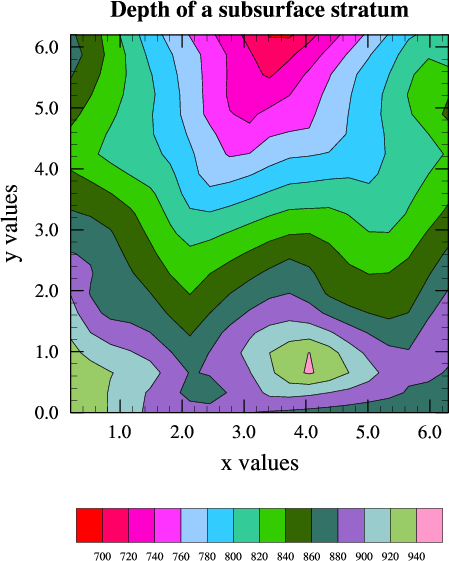Re: Pyngl For Mac
NVRAM (nonvolatile random-access memory) is a small amount of memory that your Mac uses to store certain settings and access them quickly. PRAM (Parameter RAM) stores similar information, and the steps for resetting NVRAM and PRAM are the same. Settings that can be stored in NVRAM include sound volume, display resolution, startup-disk selection, time zone, and recent kernel panic information. The settings stored in NVRAM depend on your Mac and the devices that you're using with your Mac. If you experience issues related to these settings or others, resetting NVRAM might help. For example, if your Mac starts up from a disk other than the one selected in Startup Disk preferences, or a question mark icon briefly appears before your Mac starts up, you might need to reset NVRAM. Shut down your Mac, then turn it on and immediately press and hold these four keys together: Option, Command, P, and R.

You can release the keys after about 20 seconds, during which your Mac might appear to restart. On Mac computers that play a, you can release the keys after the second startup sound. On, you can release the keys after the Apple logo appears and disappears for the second time. If your Mac is using a, this key combination does nothing or causes your Mac to start up from.
To reset NVRAM, first turn off the firmware password. When your Mac finishes starting up, you might want to open System Preferences and adjust any settings that were reset, such as sound volume, display resolution, startup disk selection, or time zone. If you're using a desktop Mac instead of a notebook, and settings such as sound volume or time zone are reset every time you shut down and unplug your Mac, you might need to replace the battery inside your Mac. This small battery is on your computer's logic board, and it helps NVRAM retain settings when your Mac is unplugged. You can take your Mac to an Apple service provider to replace the battery. If you experience issues with sleep, wake, power, charging your Mac notebook battery, or other power-related symptoms, you might need to.
Install NCL/NCAR Graphics from a precompiled binary This document explains how to install NCL/NCAR Graphics from a precompiled binary. We highly recommend this method over building from source code. This document assumes that you've already downloaded the gzipped tar file. If you haven't, see the If you've read over this document and still have problems, then please send email to (you need to subscribe first). Read our first.
For Linux and MacOS systems, you have the choice of installing from precompiled binaries or not. We recommend the non-OPenDAP binaries, if you don't need this functionality. Please read these special notes if you have a system running,. The precompiled binary that you download will be a gzipped tar file.
Let's assume it's called nclncarg-6.5.0-MacOS10.1364bitgnu730.tar.gz and that it resides in a directory called 'Downloads' in your home directory ('/Downloads'). To install NCL/NCARG, you need to do the following steps:. (this step likely not needed).
Re Pyngl For Mac
Other notes:. Problem with libgfortran.so. Missing a 'libgomp' library? Not sure which binary to download?
See special notes for, or systems. Extract the file where you want the software to be installed Decide where you want NCL/NCARG to be installed on your system. The compressed tar file contains executables, library files, and include files. When you extract the file, then, it will create directories 'bin', 'lib', and 'include' in your current working directory. For example, if you want to install the software to '/usr/local/ncl-6.5.0', then type the following from a UNIX Terminal window: mkdir /usr/local/ncl-6.5.0 tar -zxf /Downloads/nclncarg-6.5.0-MacOS10.1364bitgnu730.tar.gz -C /usr/local/ncl-6.5.0 Note: if the compressed tar file is not in a directory called '/Downloads', then you will need to adjust this path accordingly. Once this step is finished, you can remove the '/Downloads/nclncarg-6.5.0-MacOS-10.1364bitgcc730.tar.gz' file: rm /Downloads/nclncarg-6.5.0-MacOS10.1364bitgnu730.tar.gz Set the NCARGROOT and PATH environment variables to point to where the software was installed In order to use the software, you must 1) set the NCARGROOT to the parent directory of where the software was installed, 2) add the $NCARGROOT/bin path to your PATH environment `variable.

It is best to do this from the appropriate 'dot' file in your home directory. A 'dot' file is a hidden file which starts with a period. You must use the '-a' option with 'ls' to see these files. Which dot file you add these settings to depends on which you're using when you login.
To determine your UNIX shell, there are several commands you can type on the UNIX command line. Here's a couple of them: ps -p $$ echo $0 Here are some of the possible UNIX shells: 'sh' Bourne shell 'bash' Bourne-Again shell 'csh' C shell 'tcsh' TENEX shell (C shell compatible) 'ksh' Korn shell To determine which dot file in your home directory to add the environment variables to, type: 'ls -a /' You might see files like '.bashprofile', '.cshrc', '.tcshrc', '.profile', etc.